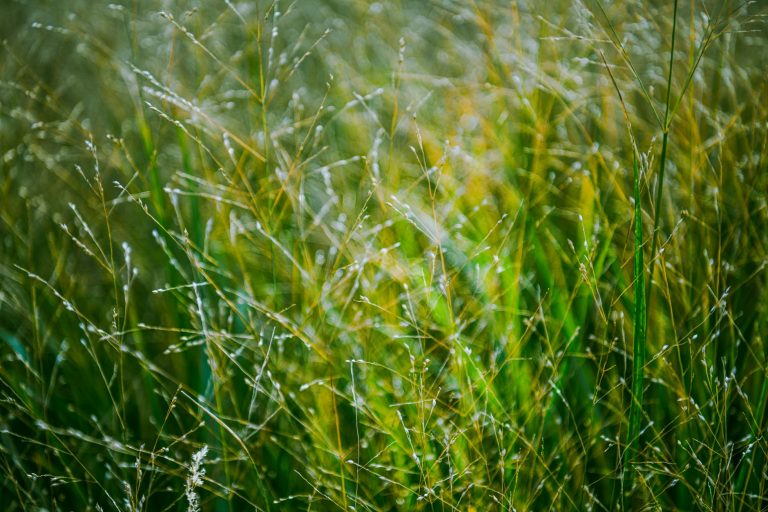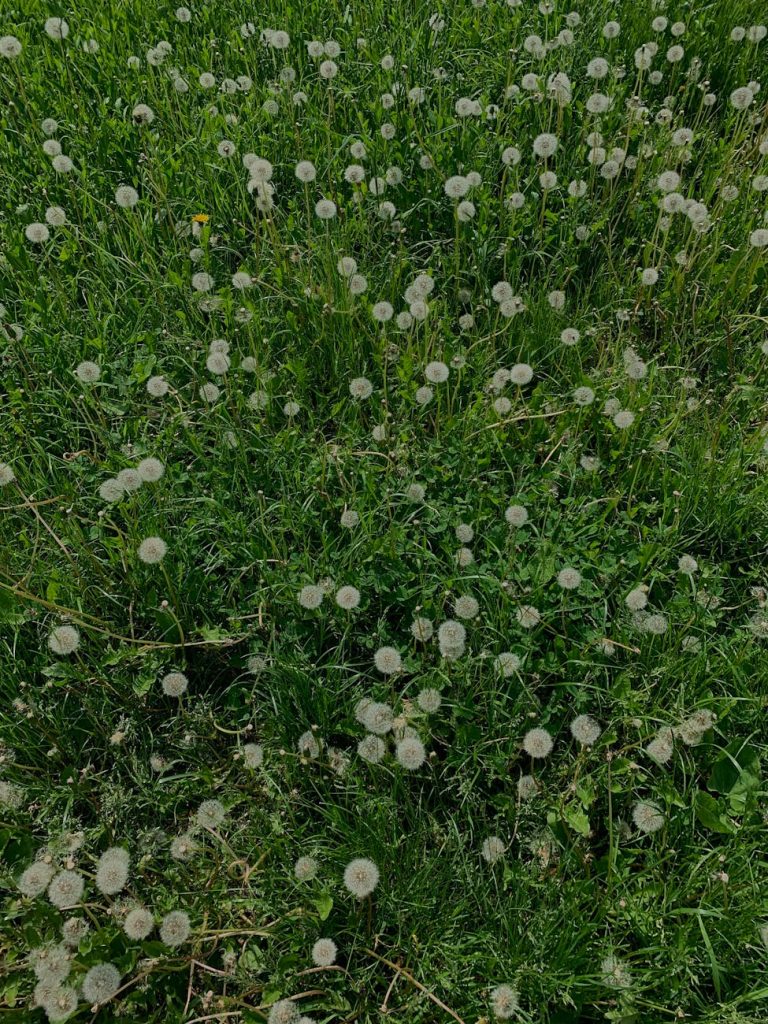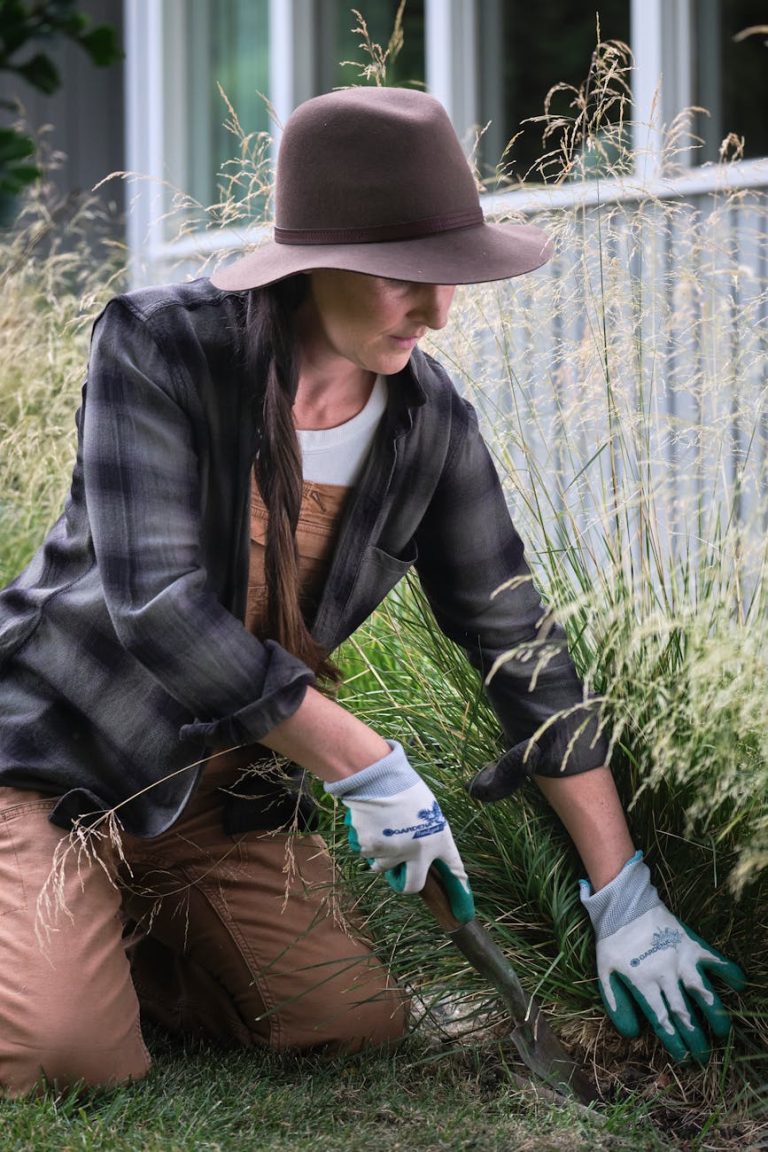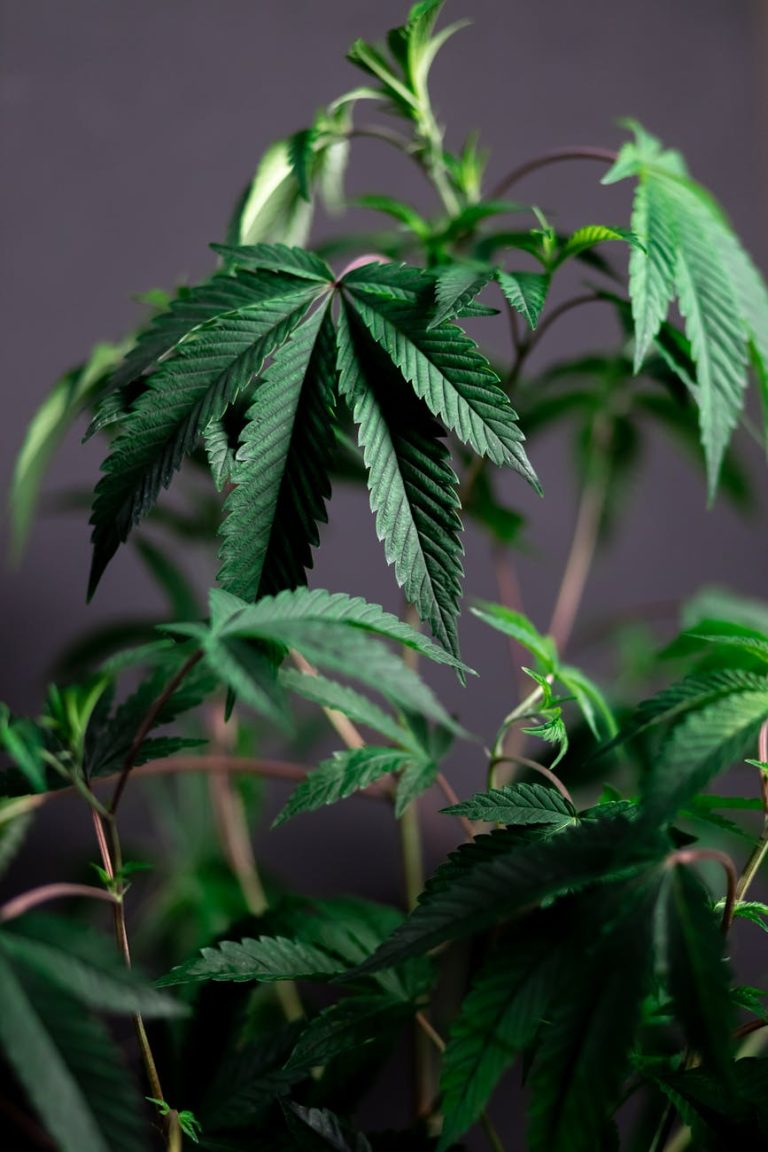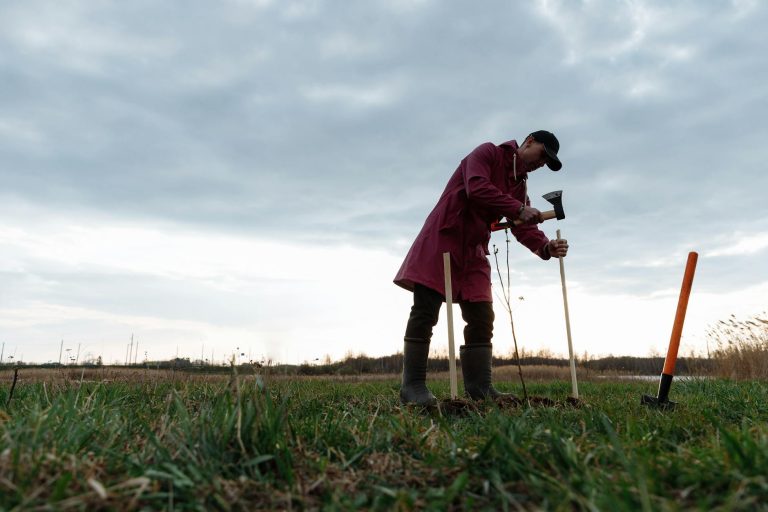Weed Like a Pro: Best Timing for Maximum Impact
Tackle weeds like a pro! By mastering the best timing for weed control strategies, you can achieve maximum impact in your garden and keep it looking its best year-round. Whether youre dealing with annual, biennial, or perennial weeds, understanding their growth cycles and knowing when to strike is key to maintaining a vibrant and weed-free garden.
As a gardening enthusiast, knowing the best timing for tending to your weed control is crucial for achieving a well-manicured garden all year round. When it comes to maintaining a healthy and vibrant garden, tackling weeds effectively can make a significant impact on the overall appearance and growth of your plants. In this article, we will delve into the best timing for weed control strategies to help you weed like a pro and achieve maximum impact in your garden.
Understanding Weed Growth Cycles
Weeds are notorious for their ability to grow rapidly and compete with desirable plants for nutrients, water, and sunlight. To effectively combat weeds, it is essential to understand their growth cycles. Weeds can be categorized as annuals, biennials, or perennials, each requiring different control methods and timings.
Best Timing for Annual Weeds
Annual weeds complete their life cycle within one growing season. The best time to tackle annual weeds is during their early growth stages, preferably when they are still seedlings. By targeting young annual weeds before they have a chance to produce seeds, you can prevent them from spreading and taking over your garden.
Strategies for Biennial and Perennial Weeds
Biennial and perennial weeds pose a more significant challenge due to their long lifespan and ability to regrow from roots or underground rhizomes. For biennial weeds, such as common mullein or burdock, timing is crucial. It is recommended to target biennial weeds during their first year of growth before they have a chance to flower and set seeds.
Perennial weeds, such as bindweed or dandelions, require a more persistent approach. To effectively control perennial weeds, it is essential to target them when they are actively growing and storing carbohydrates in their roots. Early spring or late summer are ideal times to apply herbicides or manually remove perennial weeds to weaken their root systems and prevent regrowth.
Seasonal Considerations for Effective Weed Control
Weather conditions and seasonal changes can also impact the effectiveness of weed control measures. In general, weeds are most vulnerable to treatments when they are actively growing and developing, typically during the spring and early summer months. Timing your weed control efforts to coincide with optimal growing conditions can maximize the impact of your treatments.
Integrated Weed Management Approach
To weed like a pro and achieve long-term success in weed control, adopting an integrated weed management approach is key. This approach incorporates a combination of cultural, mechanical, and chemical control methods tailored to target specific weed species and growth stages. By diversifying your weed control strategies and adjusting timing based on weed types and growth habits, you can effectively manage weeds while minimizing the use of herbicides.
In conclusion, mastering the art of weed control requires careful timing, knowledge of weed growth cycles, and adopting a proactive approach to managing weeds in your garden. By understanding the best timing for weed control strategies and implementing an integrated weed management approach, you can maintain a healthy and flourishing garden throughout the seasons. Weed like a pro and watch your garden thrive with minimum weed interference.

